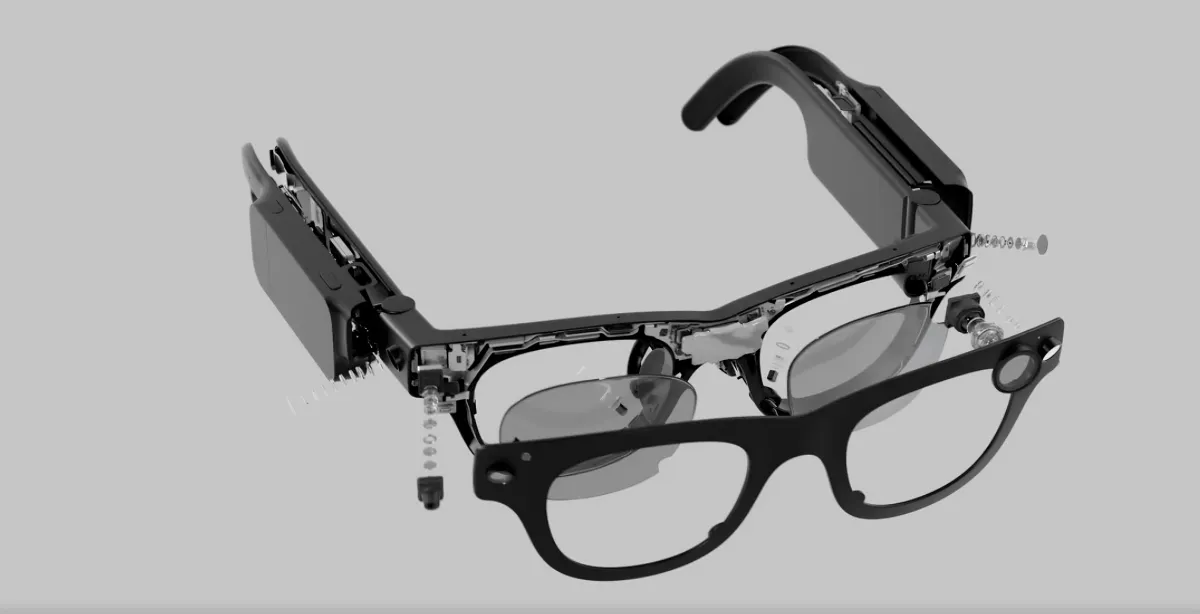
Meta has officially launched the next generation of its Project Aria augmented reality glasses, known as Aria Gen 2. This latest iteration comes approximately five years after the release of the first-generation Aria device, marking a significant advancement in augmented reality technology.
The Aria Gen 2 boasts a suite of innovative features aimed at enhancing the user experience. One of the standout upgrades is the new sensor suite, which includes a PPG sensor for accurate heart rate measurement. This feature allows users to monitor their health metrics conveniently while using the device. Additionally, the inclusion of a contact microphone enables the glasses to effectively distinguish the wearer’s voice from background noise, making interactions smoother and more efficient.
Weighing in at just 75 grams, the Aria Gen 2 is designed for comfort and usability. Its lightweight structure ensures that users can wear the glasses for extended periods without discomfort. The device is equipped with open-ear force-canceling speakers, delivering high-quality audio while minimizing external distractions. Furthermore, the battery life of the Aria Gen 2 is impressive, lasting up to eight hours on a single charge, which is ideal for all-day use.
One of the most exciting aspects of the Aria Gen 2 is its ability to perform complex AI tasks. The augmented reality glasses can handle functions such as eye tracking, hand tracking, and speech recognition, making them a powerful tool for researchers and developers. These capabilities open up new possibilities for interactive experiences and user engagement, paving the way for future innovations in the augmented reality space.
With the introduction of the Aria Gen 2, Meta is pushing the boundaries of augmented reality technology. The combination of advanced sensors, AI capabilities, and user-friendly design positions the Aria Gen 2 as a leading device for research and development in the AR field. As the demand for immersive technology continues to grow, Meta's latest offering is sure to play a crucial role in shaping the future of augmented reality.